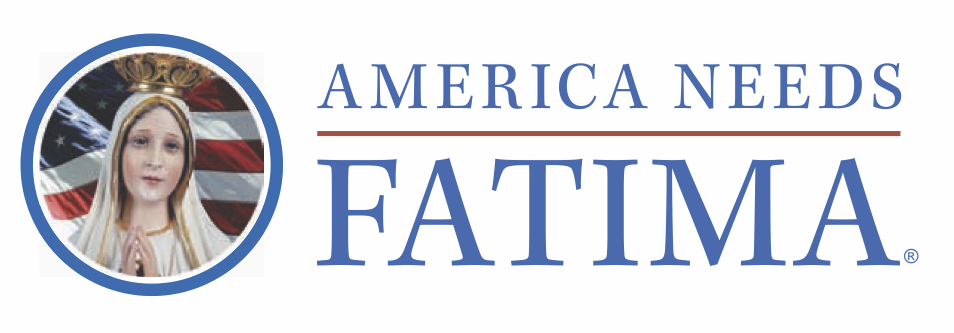
TOPICS:
Saint Leodegar
Aug 27, 2021 / Written by: Tonia Long
Feast October 2
Leodegar (also spelled Leger) — Bishop and Martyr
Birth: 615 – Death: 679
Leodegar, the son of a high-ranking Burgundian nobleman, spent his childhood in Paris at the palace of his maternal uncle, who was the Bishop of Poitiers. When he was twenty, his uncle made him an archdeacon.
Shortly afterwards Leodegar became a priest, and in 650, with the bishop's permission, became a monk at the monastery of St. Maxentius in Poitou. He was soon elected abbot, and initiated reforms including the introduction of the Benedictine rule at that place.

Around 656, Leodegar was called to the Neustrian court by the widowed Queen Bathilde to assist in the government of the united kingdoms and the education of her children.
Three years later, he was installed at the see of Autun, in Burgundy. It was here that he again took on the arduous task of reform, beginning with holding council at Autun in 661. The council denounced Manichaeism and was the first to adopt the Trinitarian Athanasian Creed.
Shortly thereafter, he made reforms among the secular clergy and in the religious communities, and had three baptisteries* erected in the city, attesting to the increasing number of converts to the Faith under his tenure.
The church of Saint-Nazaire was enlarged and embellished, and a refuge established for the homeless. Leodegar also caused the public buildings to be repaired and the old Roman walls of Autun to be restored.

His authority at Autun placed him as a leader among the Franco-Burgundian nobles. And thus ended his idyllic life as abbot and reformer, as he became embroiled in the politics of the time.
In 673, a dynastic struggle ensued, with rival claimants as pawns; Ebroin raised Theoderic to the throne, but Leodegar and the other bishops supported the claims of his elder brother Childeric II, who, with the help of the Austrasians and Burgundians, was eventually made king. Ebroin was jailed at Luxeuil and Theoderic exiled to St. Denis.
Leodegar remained at court, guiding the young king. In 673 or 675, however, Leodegar was also sent to Luxeuil after he publically protested against the marriage of Childeric and his first cousin. Because he was now a leader of the Austrasian and Burgundian nobles, Leodegar easily presented a danger to his enemies.
When Childeric II was murdered at Bondi in 675, Theoderic III was installed as king in Neustria. Ebroin took advantage of the chaos to make his escape from Luxeuil and hasten to the court. Throughout this turn of events, Ebroin remained Leodegar's implacable enemy.
The Martyrdom of Leodegar
About the year 675 A. D., the Duke of Champagne, stirred up by Ebroin, attacked Autun. Leodegar fell into their hands. At Ebroin's instigation, Leodegar's eyes were gouged out and the sockets cauterized, and his tongue was cut out. A letter which he sent to his mother after his mutilation remains extant, relating the horrors he suffered.
Some years later Ebroin persuaded the king that Leodegar had instigated Childeric’s assassination years before. The Bishop was seized again, and, after a mock trial, was degraded and condemned to further exile, at Fécamp, in Normandy. Near Sarcing he was led out into a forest on Ebroin's order and beheaded.

In 782, his relics were translated from the site of his death, Sarcing in Artois, to the site of his earliest hagiography – the Abbey of St Maxentius (Saint-Maixent) near Poitiers. Later they were removed to Rennes and thence to Ebreuil, which place took the name of Saint-Léger in his honor.
Header Image: The martyrdom of St. Leger, Bishop of Autun: his eyes are pierced with a drill. From a picture Bible, circa 1200 (northwestern France).
* In Christian architecture the baptistery or baptistry is the separate centrally planned structure surrounding the baptismal font. The baptistery may be incorporated within the body of a church or cathedral, and provided with an altar as a chapel.
